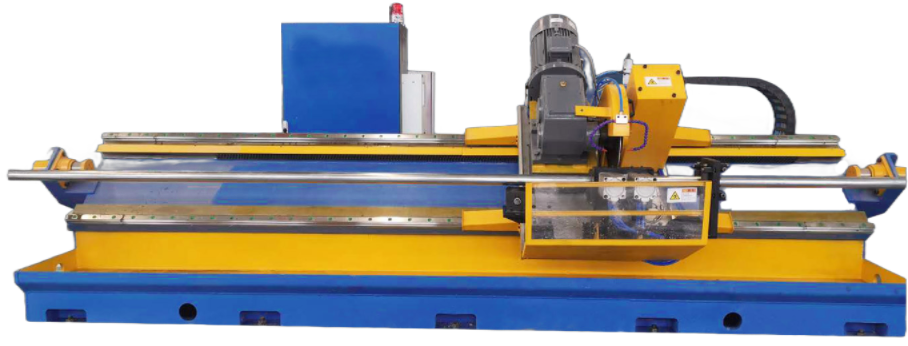roll forming machine price list
Understanding the Price List of Roll Forming Machines
Roll forming machines are crucial in the manufacturing process, especially in the production of metal profiles for various industries. The price list of roll forming machines can vary significantly based on various factors such as specifications, capabilities, and manufacturers. Understanding these factors is essential for businesses looking to invest in such machinery.
What is a Roll Forming Machine?
A roll forming machine is a piece of equipment used for bending and shaping metal into specific cross-sections. These machines operate through a continuous process where metal sheets are fed into a series of rollers that progressively shape them into desired forms. Applications of roll formed products include roofing sheets, steel studs, channel profiles, and many others used in construction and industrial applications.
Factors Influencing Prices
1. Machine Specifications One of the primary determinants of the price is the machine's specifications. This includes the type of materials it can process, the thickness and width of the sheets, and the precision of the profile it can achieve. Higher specifications often mean higher prices due to the advanced technology and engineering involved.
2. Production Capacity Machines designed for high-volume production will typically come with a higher price tag. The ability to produce more units in a shorter time span enhances operational efficiency and can lead to significant savings in labor costs over time.
3. Manufacturing Quality The origin and quality of the manufacturing process also play a significant role in pricing. Machines manufactured by reputable companies known for their high-quality machinery may cost more upfront but often have better longevity and lower maintenance costs.
4. Customization Some businesses require custom roll forming machines tailored to specific needs. The costs for custom machines can vary widely depending on the complexity of the design and the additional features required.
roll forming machine price list

5. Automation Features Advanced roll forming machines might include automation features that improve productivity and reduce the need for manual operation. Machines with automation capabilities usually come with a higher price due to the added technology.
6. After-Sales Support The extent of after-sales support and warranties offered by a supplier can influence the overall price. Companies that provide robust support, training, and maintenance services may charge more for their machines.
7. Market Trends Economic factors and market demand can also affect the pricing of roll forming machines. In times of increased construction activity, for instance, demand for such machines may drive prices up.
Typical Price Ranges
As of the latest data, the price of roll forming machines can range from a few thousand to several hundred thousand dollars. Entry-level machines tailored for small-scale operations might start around $10,000 to $30,000. In contrast, high-capacity, fully automated systems with advanced features can exceed $200,000.
Conclusion
Investing in a roll forming machine is a significant decision that requires careful consideration of various factors that influence pricing. Businesses should assess their specific needs, production requirements, and budget constraints before making a purchase. Additionally, it is advisable to compare different manufacturers and models to ensure getting the best value for the investment.
When evaluating roll forming machines, prospective buyers should not only focus on the initial cost but also consider the total cost of ownership, including maintenance, operation, and the potential for increased productivity. By understanding the intricate details behind the price list of roll forming machines, companies can make informed decisions that align with their operational goals and financial capabilities.
The world of roll forming machinery is vast, with options suited for various needs. By taking the time to understand the features and pricing structures, businesses can enhance their production capabilities and, ultimately, their bottom line.
-
High Frequency Straight Seam Welded Pipe Production Line-BzZhou Xinghua Machinery Equipment Manufacturing Co., LTD.|line pipe steel&welded gas pipeNewsJul.30,2025
-
High Frequency Straight Seam Welded Pipe Production Line-BzZhou Xinghua Machinery Equipment Manufacturing Co., LTD.|High Precision&Automated SolutionsNewsJul.30,2025
-
High Frequency Straight Seam Welded Pipe Production Line - BzZhou Xinghua Machinery Equipment Manufacturing Co., Ltd.NewsJul.30,2025
-
High Frequency Straight Seam Welded Pipe Production Line-BzZhou Xinghua Machinery Equipment Manufacturing Co., LTD.|Precision Welding, High EfficiencyNewsJul.30,2025
-
High Frequency Straight Seam Welded Pipe Production Line|BzZhou Xinghua|Precision Welding&EfficiencyNewsJul.30,2025
-
High Frequency Straight Seam Welded Pipe Production Line - BzZhou Xinghua|Precision Engineering&EfficiencyNewsJul.30,2025


